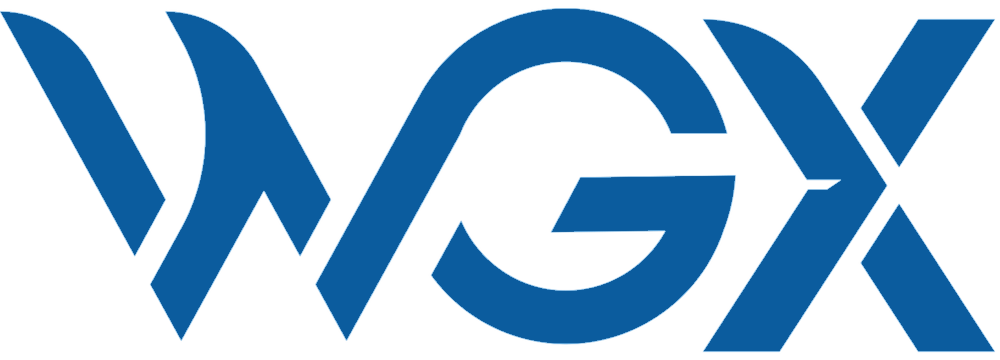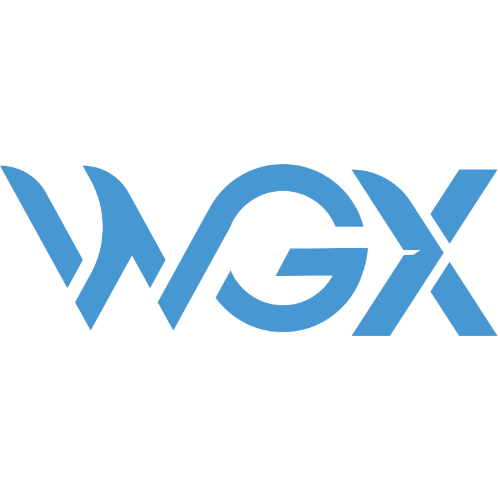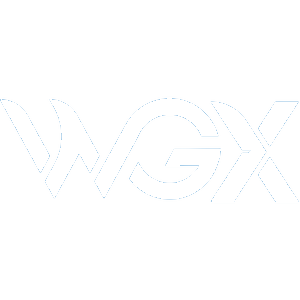Strategic Advantages of Onshore-Connected Wave Energy
Systems
As the global push for renewables accelerates, wave energy remains largely untapped despite its high energy density, continuity, and predictability. Recent advances in WEC technology have made onshore-connected systems not only feasible but strategically superior, combining engineering simplicity, cost efficiency, and rapid deployment to unlock coastal power potential.
What Is the Onshore Connected WEC System?
“Onshore” in renewable energy traditionally refers to installations sited on land or at the shoreline. In wave energy, onshore-connected WECs deliver mechanical power ashore via submerged linkages or near-shore moorings, keeping all generators, transformers, and controls on solid ground. This configuration leverages existing coastal assets—ports, breakwaters, piers—while eliminating complex offshore platforms and long subsea cable runs.
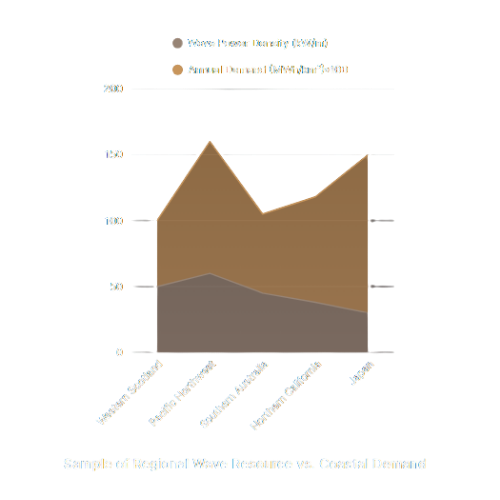
Seamless Infrastructure & Maintenance

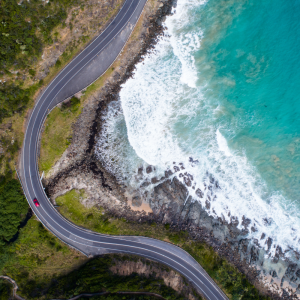

O&M Savings (40%)
Land-based access lets technicians service units without vessels or offshore crews, slashing logistics and downtime.
Coastal Integration
Systems bolt onto jetties, quays, or seawall extensions—no bespoke marine platforms required.
Lower CapEx&Faster Timelines
Re-use of port and grid infrastructure cuts construction costs and reduces lead times by up to 30%.
Reduced Transmission Losses
With power generated and conditioned onshore, energy flows directly into shore-side substations—bypassing multi-kilometer underwater cables and minimizing line losses that can exceed 5 % in offshore projects.
U.S. average T&D losses ≈ 5 % (EIA)
Additional 1–2 % loss in submarine HVDC cables (IEA)
Percentage of power lost during transmission due to cable length and electrical resistance.
Environmental
& Regulatory
Ease
Minimal Marine
Footprint
No large seabed anchors or floating platforms reduces habitat disturbance and simplifies permitting. No submarine cables, minimal habitat impact.
Harmonized
Standards
Onshore siting allows developers to follow established land-based electric codes and environmental regulations, accelerating approvals.
WAVEGENX
The Power of Onshore Systems
By combining these strategic advantages, WaveGenX delivers a turnkey solution for coastal stakeholders:
Economic Viability: Lower CapEx and O&M translate directly into a more competitive Levelized Cost of Energy (LCOE).
Reliability & Resilience: Shore-based equipment and broad operational tolerances ensure high uptime, even in harsh marine environments.
Community Engagement: Visible installations on promenades or breakwaters raise public awareness and foster local support for clean-energy initiatives.
Broad Wave-Height Range: WGX supports wave heights from small swells to storm conditions, achieving a 55–60 % capacity factor—outperforming many onshore competitors.
Rapid Module Replacement: Modular sub-assemblies allow in-field swapping of PTO units without full system teardown.
Remote Monitoring & Digital Insights: Real-time dashboards track performance, predict maintenance needs, and optimize energy capture based on evolving sea states.
